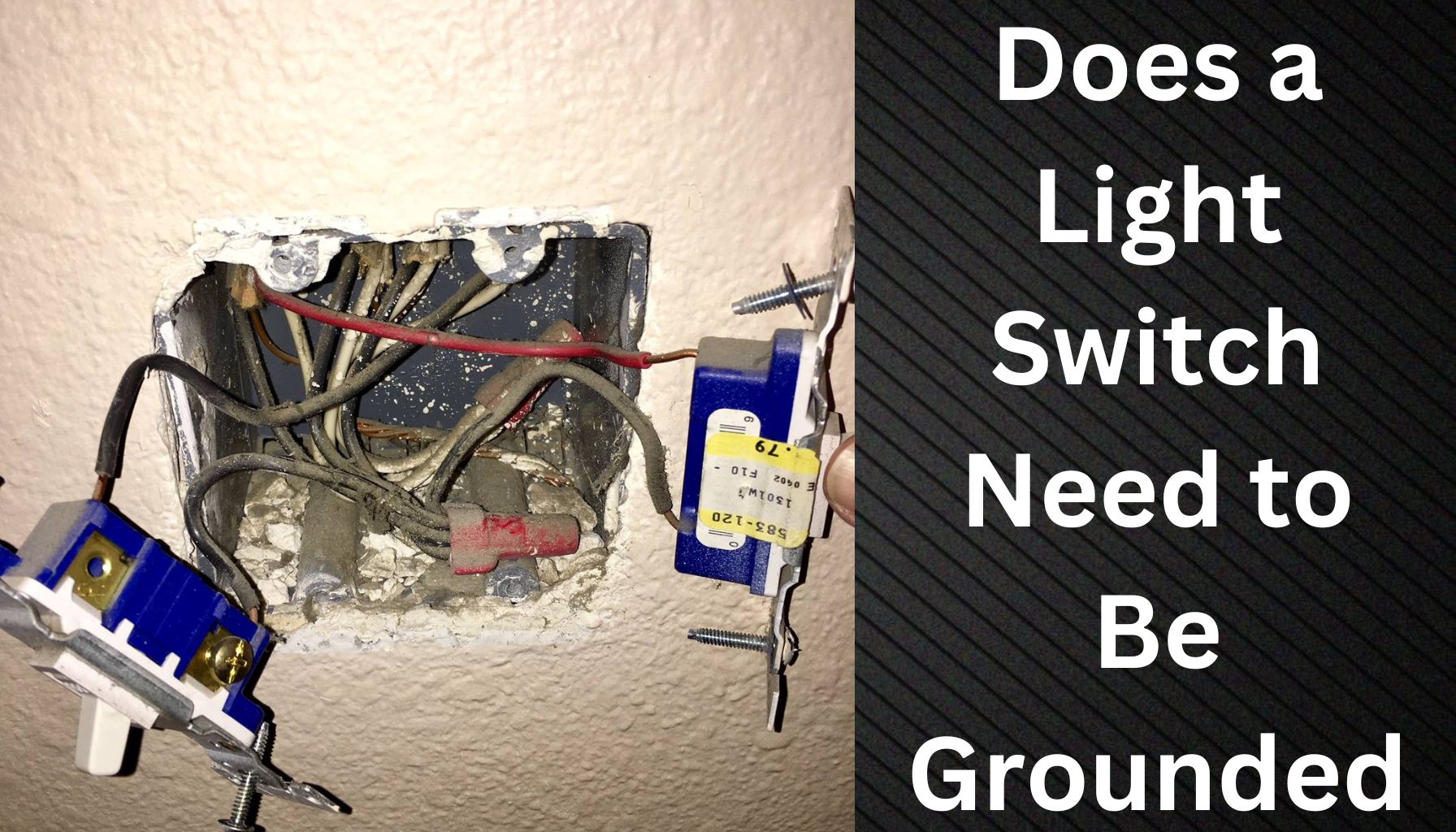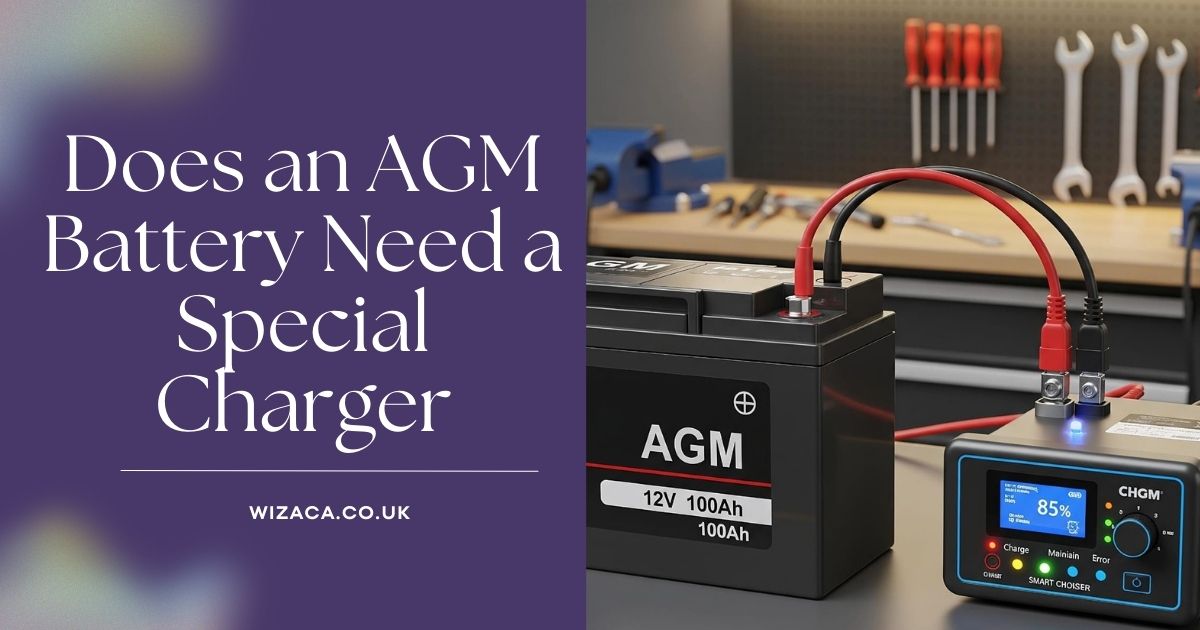Yes, modern light switches are generally required to be grounded according to current electrical codes for safety. Grounding helps protect people from electrical shock in case of a fault or short circuit. While older homes may have light switches installed without grounding, new installations and replacements are typically required to use grounded switches.
Let’s break down why grounding a light switch is important, whether all switches need it, and how it affects safety and code compliance.
What Does Grounding a Light Switch Do?
Grounding a light switch means connecting it to the ground wire in the electrical system. This serves as a safety path for electricity to travel back to the earth if something goes wrong, such as:
- A short circuit
- An exposed wire coming into contact with the metal parts of the switch
The ground connection reduces the risk of electric shock and fire hazards by safely directing stray electricity away from the user and into the ground.
Do All Light Switches Need to Be Grounded?
1. Modern Electrical Code Requirements
According to National Electrical Code (NEC) in the United States:
- Metal switch boxes must always be grounded.
- Plastic switch boxes don’t require grounding for the box, but the switch itself still needs grounding, typically through a green ground screw or ground wire.
2. Older Homes
Many older homes (especially pre-1960s construction) may not have a ground wire in the switch box. In these cases:
- If you are replacing a switch, you should still ground it if a ground wire or metal conduit is present.
- If there’s no ground wire, code may allow you to replace the switch without grounding, but it’s always safer to upgrade the wiring to include a ground.
When Is a Ground Wire Required on a Light Switch?
- If the switch has a metal body, it should be grounded.
- If the switch controls lighting in a damp or wet location, grounding is essential.
- GFCI switches and smart switches usually require grounding to function properly.
- If the switch box contains a ground wire (bare copper or green), you should always connect it to the switch’s grounding screw or terminal.
What Happens If a Light Switch Isn’t Grounded?
- Shock Risk: Without a ground, if a short occurs and touches the metal parts of the switch, it could cause electrical shock.
- Code Violation: Installing an ungrounded switch where grounding is required could violate electrical codes, affecting inspections or home sales.
- Malfunctioning Devices: Some modern switches (like smart switches) require a ground connection to work correctly or pass self-testing safety features.
How to Ground a Light Switch
- Identify the Ground Wire: It’s usually bare copper or green insulated.
- Connect It to the Switch:
Attach the ground wire to the green screw on the switch or to the grounding terminal if it’s provided. - Bond It to the Box (if metal):
If the electrical box is metal, it should also be grounded. Connect the ground wire to both the box and the switch.
Exceptions and Alternatives
- Plastic Switch Boxes: If your box is plastic and there’s no ground wire, the box itself doesn’t need grounding, but the switch still should be grounded if possible.
- Old Wiring: If you have old two-wire systems without a ground, you may not have a ground wire available. In this case, upgrading the circuit to include grounding is recommended but not always required unless significant changes are being made.
Conclusion
A light switch should be grounded to comply with modern electrical codes and for safety. Grounding reduces the risk of electrical shock and ensures your system operates properly. If your home has older wiring without a ground, it’s a good idea to consult a qualified electrician about upgrading the system to include a ground wire, especially when replacing switches.
FAQs
Do I Need to Ground a Plastic Light Switch?
Yes, if the switch has a ground screw or terminal, you should connect it to the system ground, even if the box is plastic.
Is It Safe to Install a Light Switch Without Ground?
Not recommended. It may still work, but it doesn’t offer the same level of safety. Electrical code typically requires grounding for new installations.
What Color Is the Ground Wire?
The ground wire is usually bare copper or green.
Can I Add a Ground to an Old Switch?
Yes, but it may require running a new ground wire from the panel or using the metal conduit as a ground if it’s approved for that purpose.
Will a Light Switch Work Without a Ground?
Yes, the switch can still operate the light without a ground, but it’s less safe and may not meet current electrical codes.
Also Check:
• Does a Light Switch Need to Be Grounded?
• Does a Leaking Car Battery Need to Be Replaced?
• Does a Car Battery Charge in Idle?











One thought on “Does a Light Switch Need to Be Grounded?”